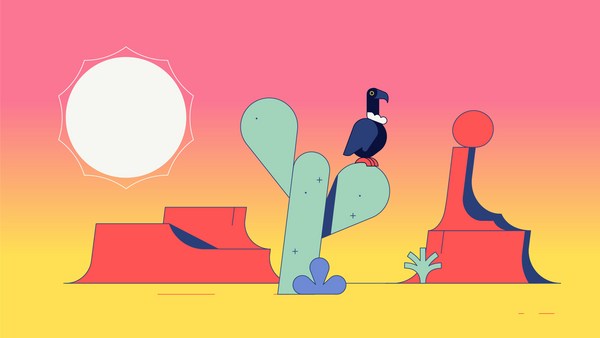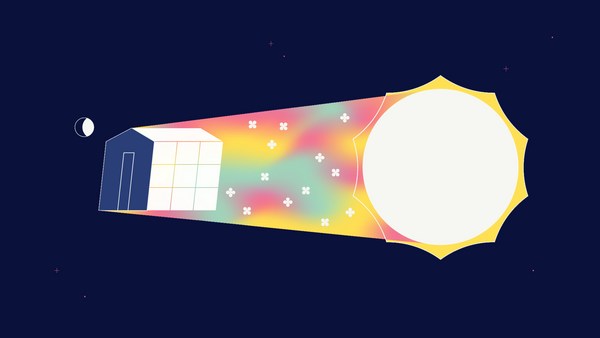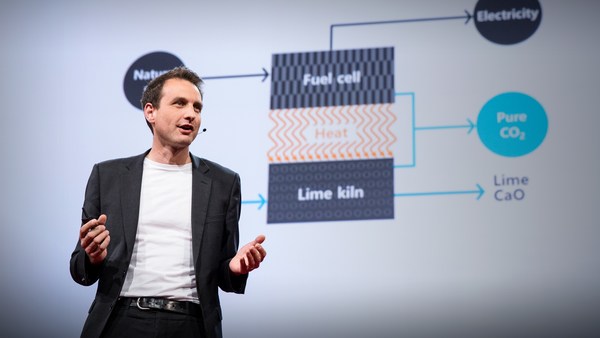Where does all the carbon we release go? Carbon works in a natural cycle, present in all living things: in the soil, in the oceans, in the atmosphere and in rocks deep underground. When plants and other living things die, much of their stored carbon makes its way back to the atmosphere until new plants grow and reabsorb the carbon.
But over millions of years, some of the carbon stored in ancient trees and sea life becomes rock and some becomes fossil fuels: coal, oil and natural gas. Natural events like volcanic eruptions release some of the carbon trapped in rock. And human activities, like burning fossil fuels, also release some of that prehistoric carbon.
Today, humans release around 60 times more carbon than all the volcanoes on the planet each year. That overloads Earth's carbon cycle and builds up in the atmosphere and oceans.
Planting more trees will help, but trees alone can't get us to net zero. There's only one sure way to stop global warming. We must stop releasing this excess carbon into our air.
[Countdown Take action on climate change at Countdown.ted.com]





